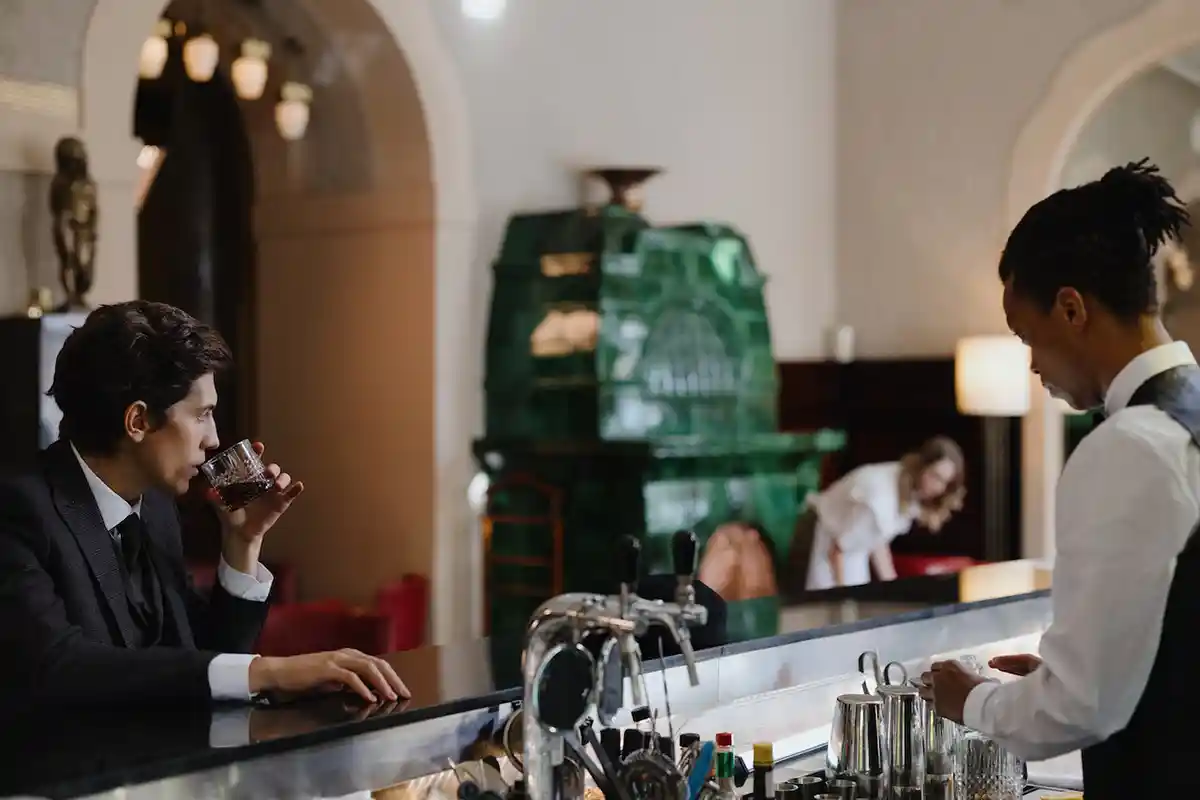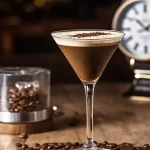Mastering the techniques of using bar tools is essential for bartenders to create impeccable cocktails and provide an exceptional drinking experience. From shaking and stirring to muddling and straining, understanding the proper usage of each tool is key to achieving the desired flavors, textures, and presentations. In this article, we will explore the techniques of mastering various bar tools, helping you elevate your bartending skills to new heights.
1. Introduction: The Art of Bartending
Bartending is a skillful art that involves more than just pouring drinks. It requires a deep understanding of flavors, techniques, and the proper usage of bar tools. Mastering the techniques of using these tools enables bartenders to create delicious, well-balanced cocktails while showcasing their creativity and expertise.
2. Essential Bar Tools
Before diving into the techniques, let’s familiarize ourselves with some essential bar tools:
– Shaker
The shaker is a staple tool used for combining ingredients and chilling cocktails. It typically consists of a metal tin and a mixing glass or tin that fit together snugly to create a seal.
– Mixing Glass
A mixing glass is an alternative to a shaker and is primarily used for stirred cocktails. It allows for gentle mixing without dilution and is commonly used for classic cocktails like martinis or negronis.
– Bar Spoon
The bar spoon is a long-handled spoon used for stirring cocktails. Its twisted handle allows for effortless stirring and layering of ingredients. It often features a flat disc at the end for muddling or layering drinks.
– Muddler
A muddler is a tool used for extracting flavors from fruits, herbs, and spices. It is typically made of wood or stainless steel and has a blunt end for mashing ingredients in the bottom of a glass or shaker.
– Jigger
A jigger is a measuring tool used to accurately portion spirits and other ingredients. It typically has two different-sized cups on each end, allowing for precise measurements.
– Strainer
A strainer is used to separate liquid from solid ingredients or ice when pouring a cocktail. The most common types are Hawthorne strainers, which fit inside a mixing glass or shaker tin, and fine mesh strainers, used for straining finer particles.
3. Techniques for Using Bar Tools
– Shaking
Shaking is a technique used to mix and chill cocktails. To shake a cocktail:
- Add the ingredients to the shaker tin or glass.
- Place the mixing glass or tin on top of the shaker tin, creating a secure seal.
- Hold the shaker with one hand on the top and the other on the base.
- Shake vigorously for about 10-15 seconds, allowing the ingredients to mix and chill.
- To open the shaker, give it a firm tap on the side with the palm of your hand, releasing the seal.
– Stirring
Stirring is a gentle technique used for cocktails that require proper dilution and a silky texture. To stir a cocktail:
- Add the ingredients to a mixing glass filled with ice.
- Hold the bar spoon between your thumb and first two fingers near the top of the handle.
- Insert the spoon into the mixing glass, touching the inner side of the glass.
- Stir the ingredients in a circular motion, ensuring the spoon touches the bottom and sides of the glass.
- Stir for about 30 seconds or until the desired dilution and temperature are achieved.
- To strain the cocktail, place a strainer over the mixing glass and pour the contents into the serving glass.
– Muddling
Muddling is the process of extracting flavors from ingredients like fruits, herbs, or sugar cubes. To muddle:
- Place the ingredients to be muddled in the bottom of a glass or shaker.
- Hold the muddler firmly in your hand and press it gently against the ingredients.
- Twist the muddler while applying gentle pressure to release the flavors.
- Muddle only until the desired level of extraction is achieved. Avoid over-muddling, which can result in bitterness.
– Layering
Layering is a technique used to create visually appealing cocktails with distinct layers of different-colored liquids. To layer a cocktail:
- Pour the heaviest ingredient first into the serving glass.
- Place a spoon, concave side facing up, just above the surface of the liquid.
- Slowly pour the next ingredient over the back of the spoon, allowing it to gently flow onto the previous layer.
- Repeat the process for each layer, ensuring a steady hand and pouring slowly to maintain separation.
– Straining
Straining is the final step in preparing a cocktail and ensures that no unwanted solids or ice end up in the serving glass. To strain a cocktail:
- Hold the strainer firmly against the opening of the shaker or mixing glass.
- With a steady hand, pour the cocktail into the serving glass.
- The strainer will catch any ice or solid particles, allowing only the liquid to pass through.
4. Mastering Presentation and Flair
Apart from mastering the techniques of using bar tools, bartenders can enhance their cocktails’ presentation with creative garnishes and flair techniques.
– Garnishing
Garnishing adds visual appeal and aromatic elements to cocktails. Experiment with citrus twists, fruit wedges, fresh herbs, or edible flowers. Use a sharp knife or a zester to create intricate garnish designs.
– Rimming Glasses
Rimming a glass with salt, sugar, or spices adds flavor and an attractive rim to certain cocktails. To rim a glass, moisten the rim with citrus juice or water, and dip it into a shallow plate with the desired rimming ingredient.
– Flames and Smoke
Flame or smoke techniques can add a dramatic effect to cocktails. Use caution and proper safety measures when working with open flames or smoke-infusing tools. Popular methods include flaming citrus peels or using a smoking gun to infuse cocktails with aromatic smoke.
5. Conclusion
Mastering the techniques of using bar tools is a significant step toward becoming a skilled bartender. Understanding the proper usage of tools like shakers, jiggers, strainers, and muddlers, and mastering techniques such as shaking, stirring, muddling, layering, and straining, allows bartenders to create impeccable cocktails with precision and flair. Remember to practice, experiment, and continue refining your skills to provide unforgettable experiences for your guests.
Frequently Asked Questions
- Are there alternative methods for shaking or stirring cocktails without specialized bar tools?
- Yes, you can use a tightly sealed mason jar as a substitute for a shaker, and a long-handled spoon or chopstick for stirring. While not traditional, these alternatives can still yield good results.
- Can I muddle ingredients directly in the shaker tin?
- It’s generally recommended to muddle ingredients in a separate glass or mixing vessel to avoid damaging the shaker tin or interfering with the cocktail’s consistency.
- How do I practice layering techniques effectively?
- Start with liquids of varying densities, such as juices, syrups, or spirits with different alcohol content. Practice pouring slowly and steadily to maintain separation. Patience and a steady hand are key.
- Are there any safety considerations when using flair techniques like flaming or smoking?
- Flair techniques involving open flames or smoke should be performed with caution and proper safety measures. Ensure a well-ventilated area, have fire extinguishing equipment nearby, and follow local regulations and safety guidelines.



